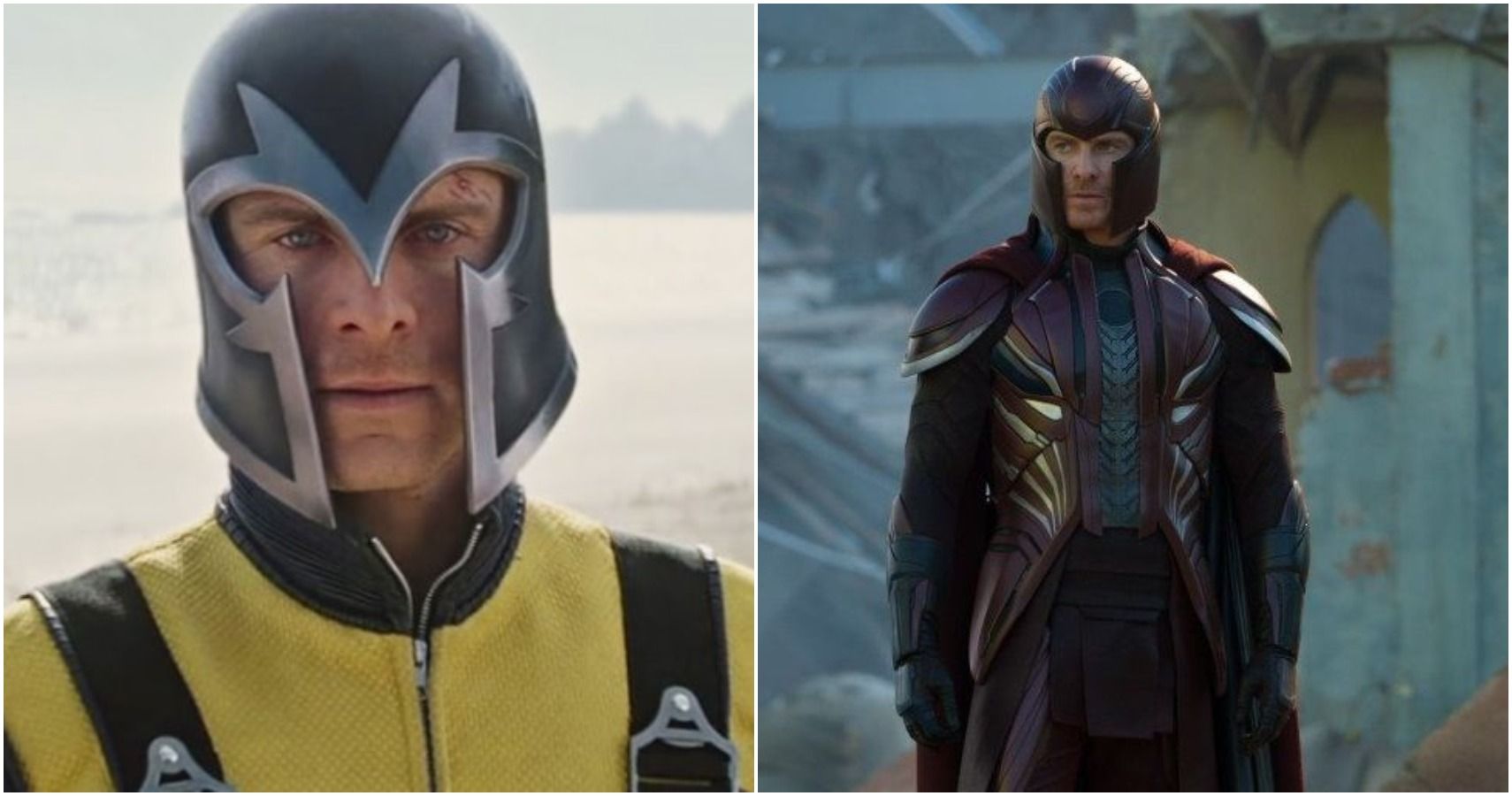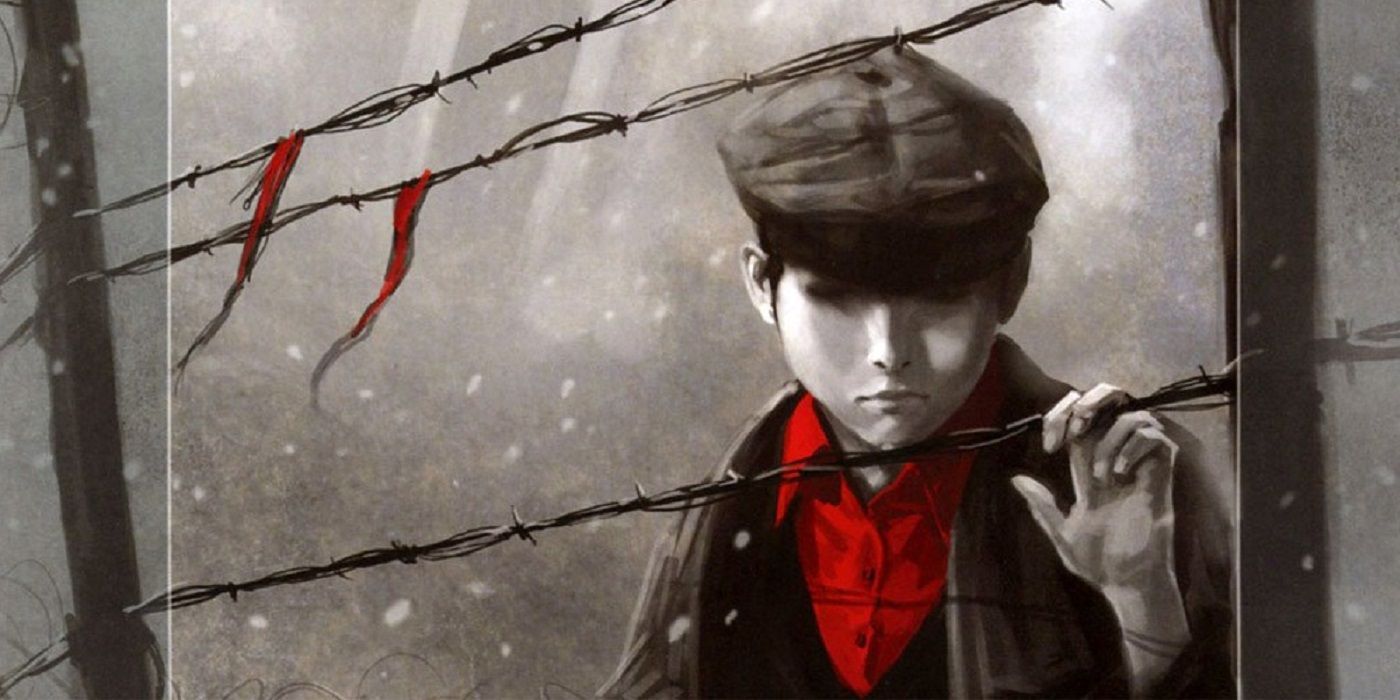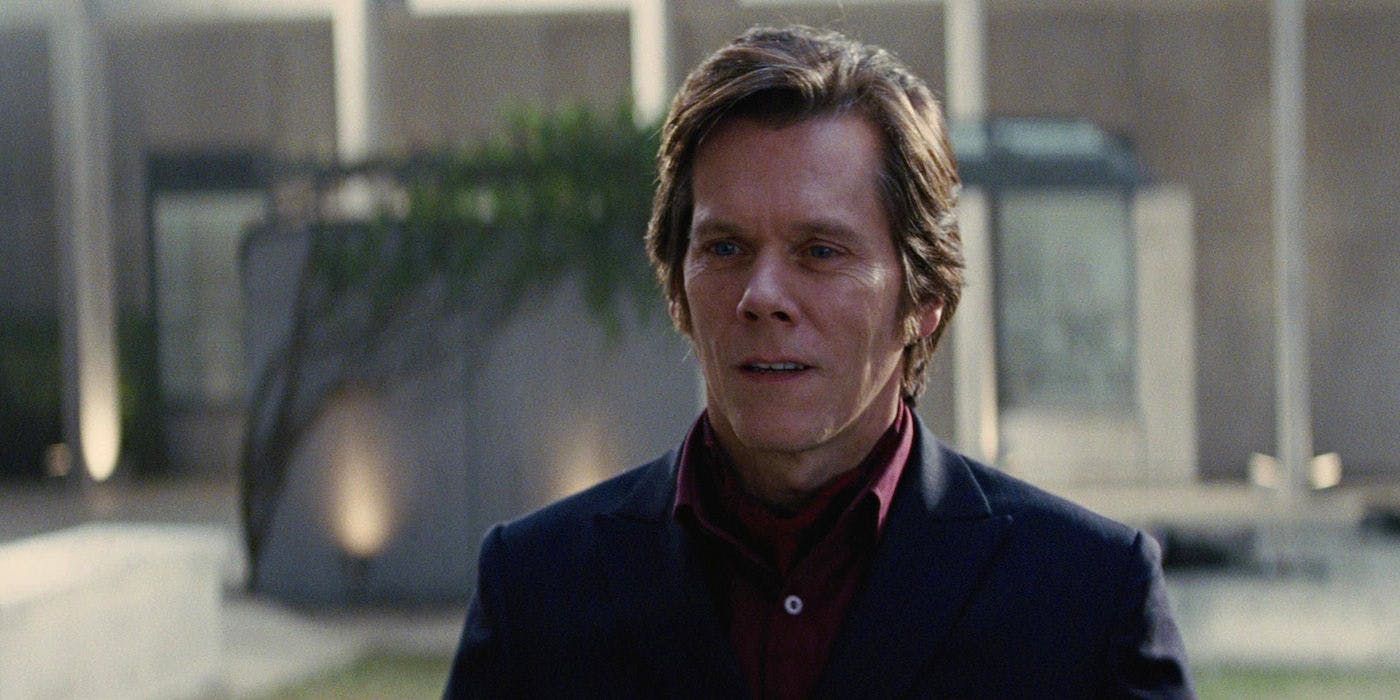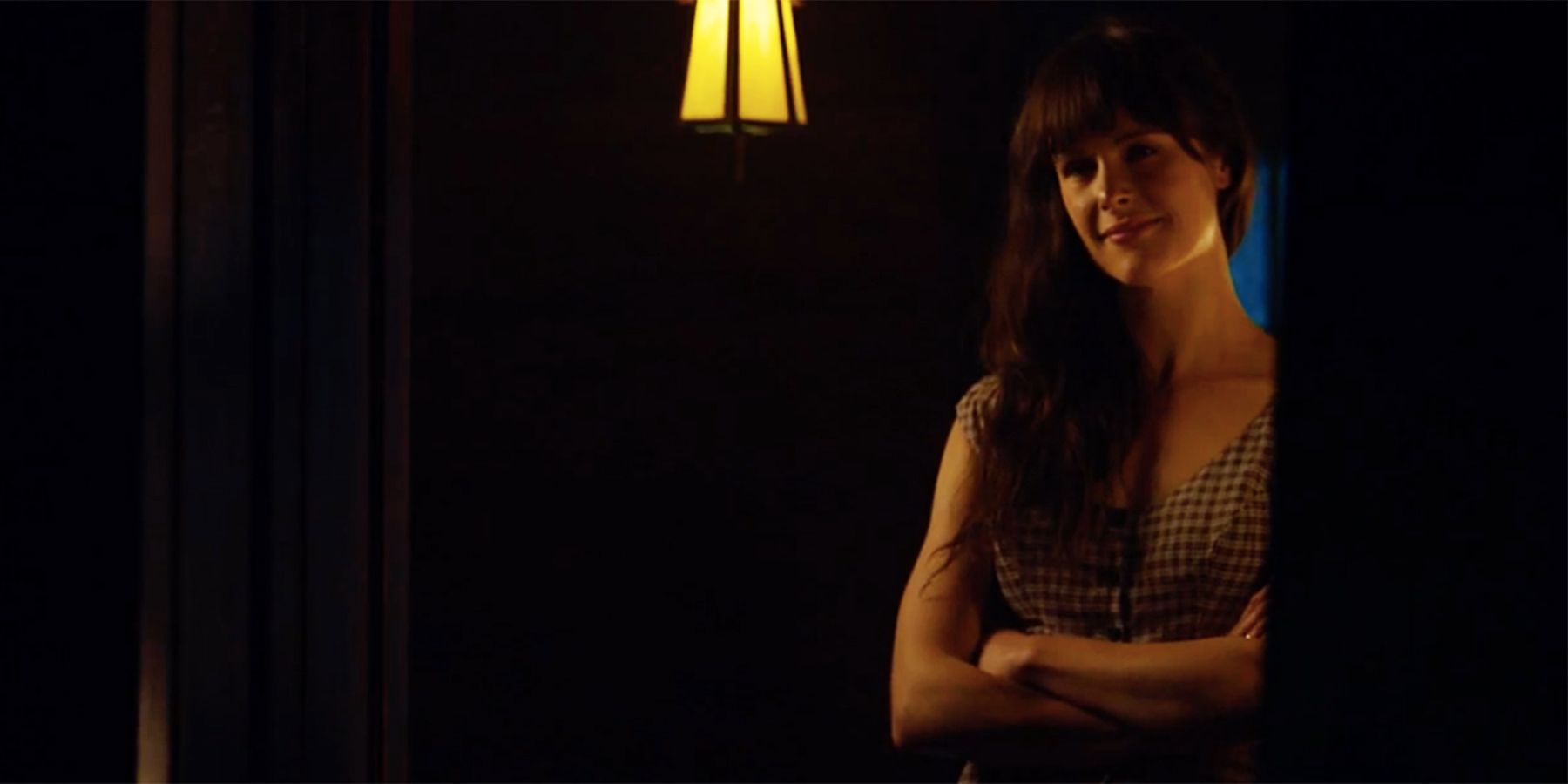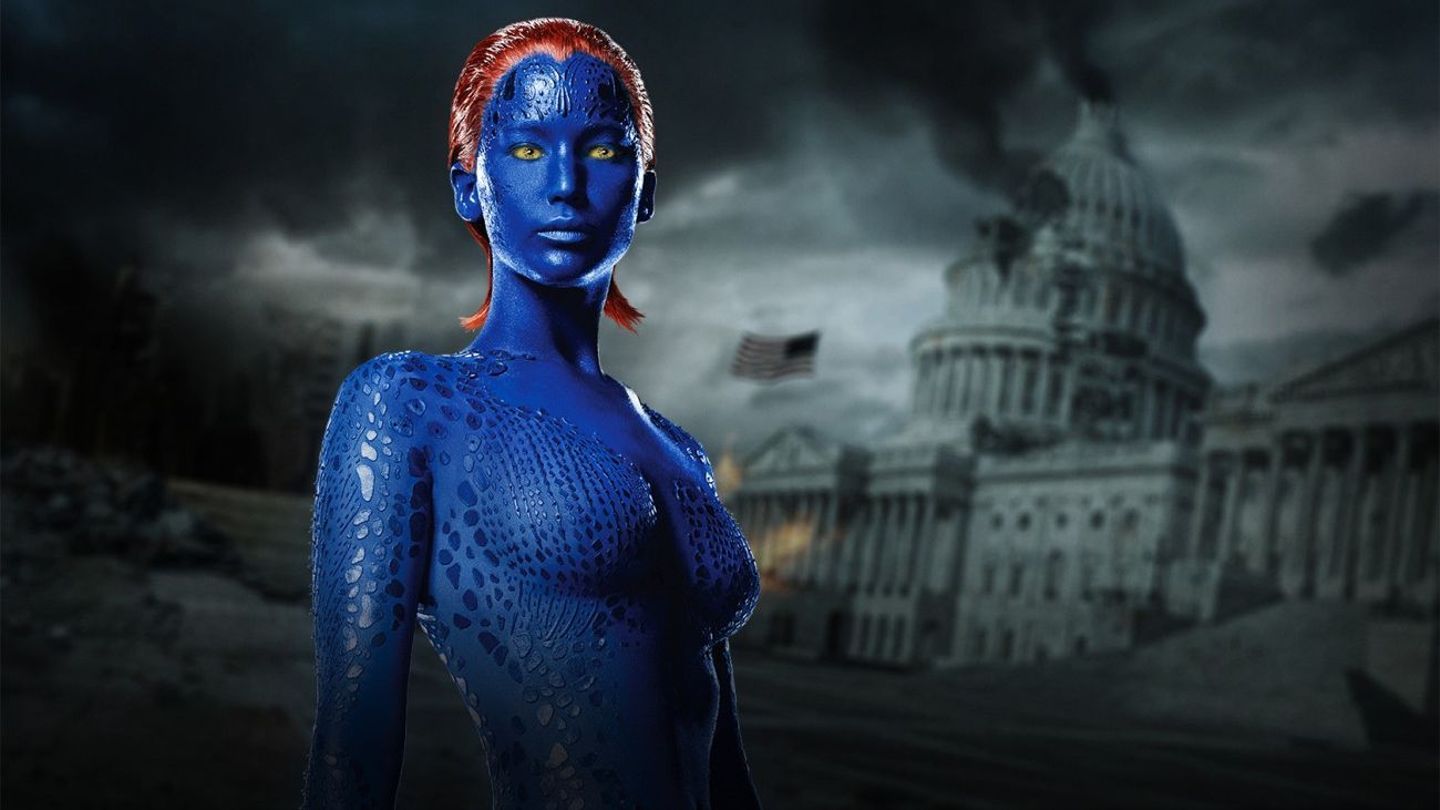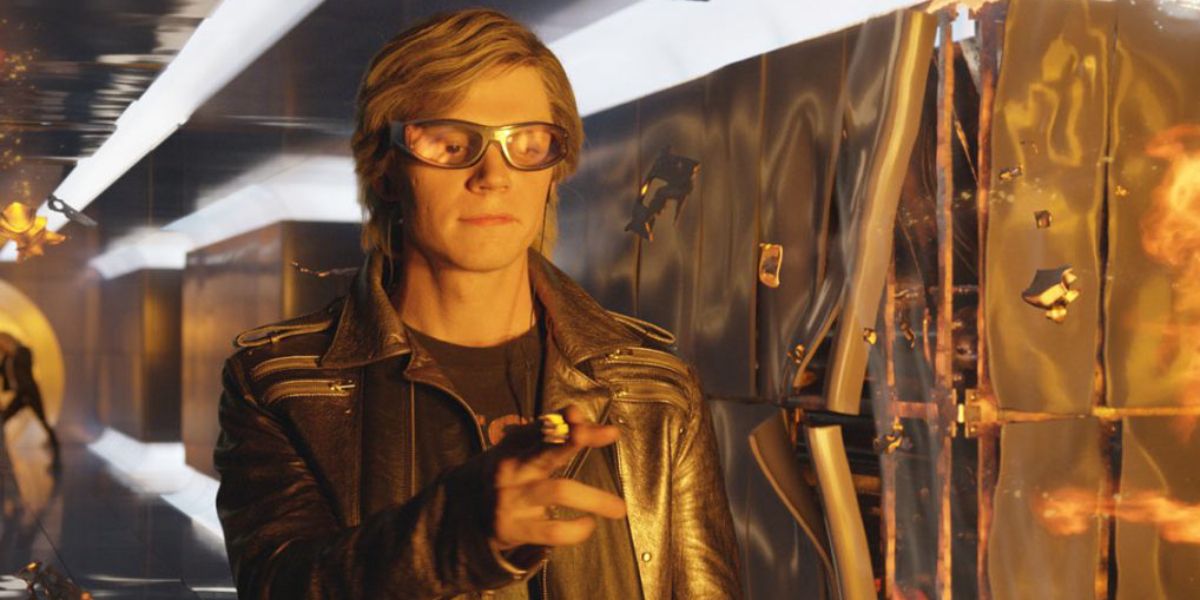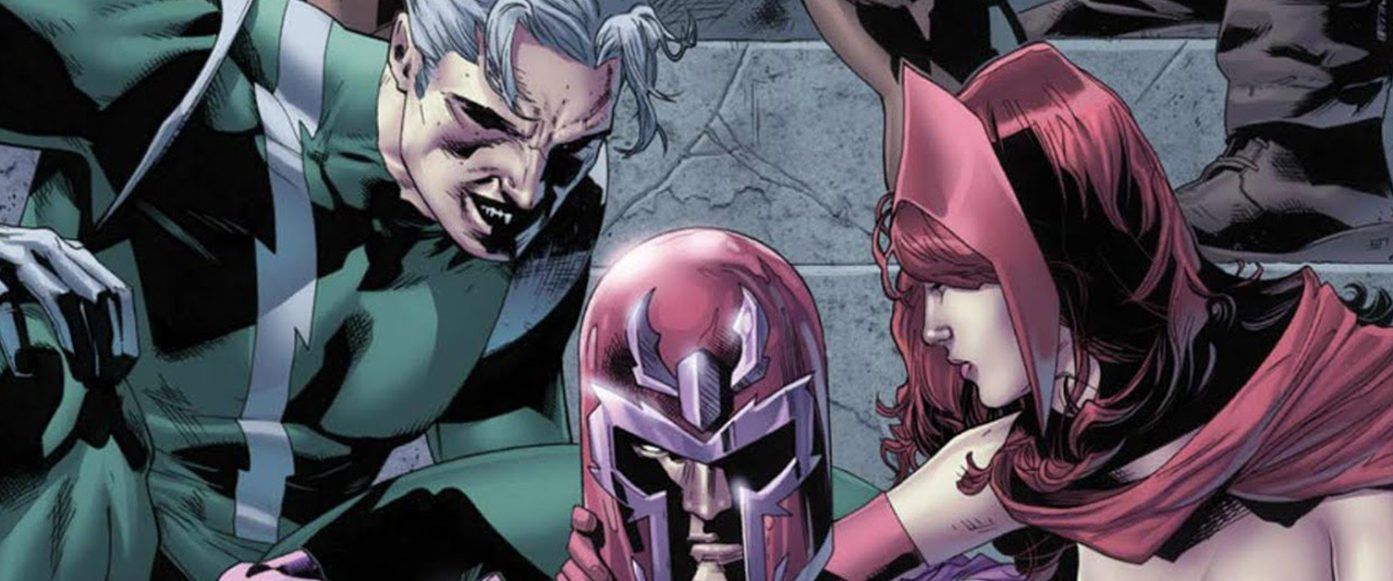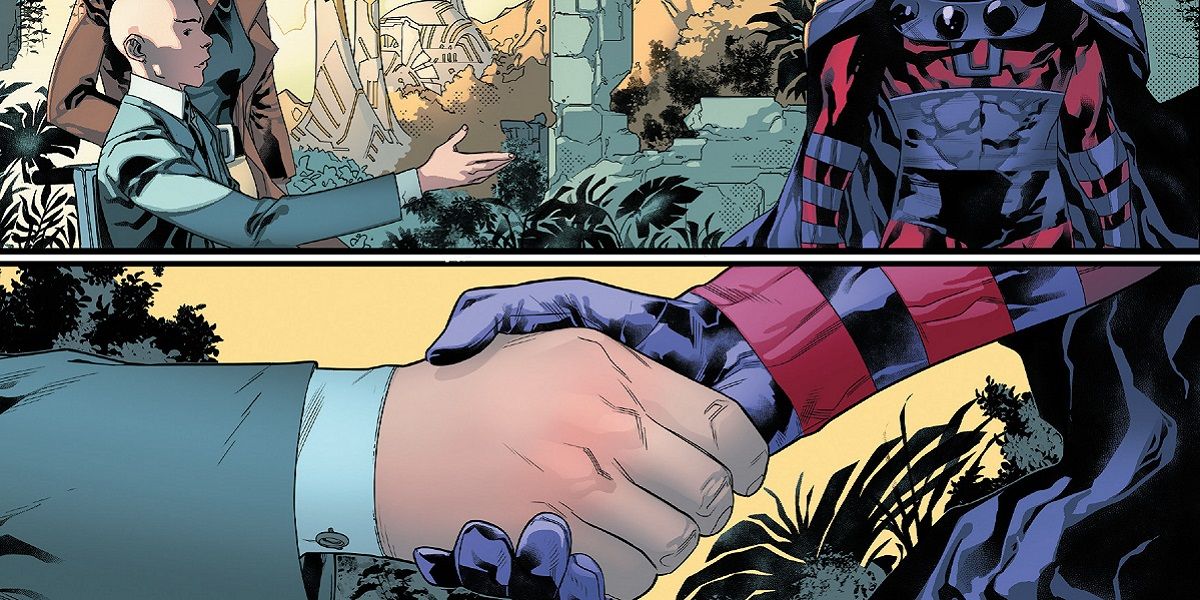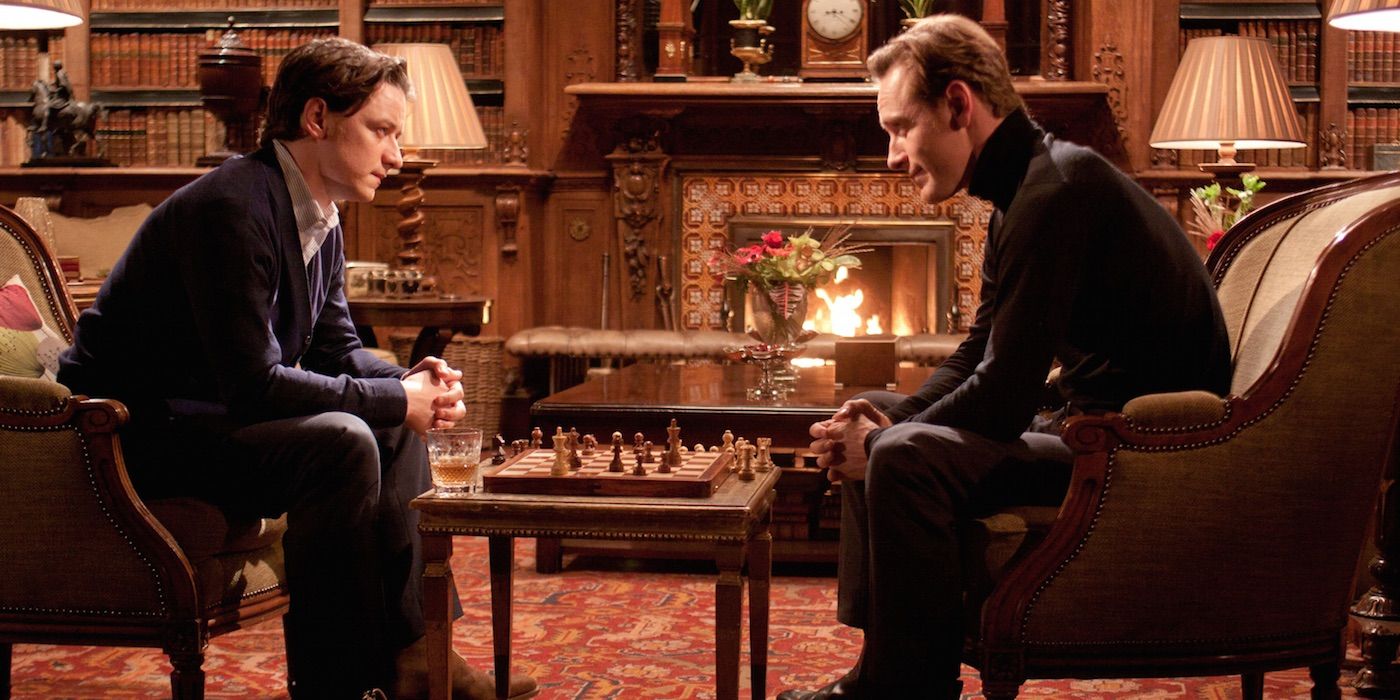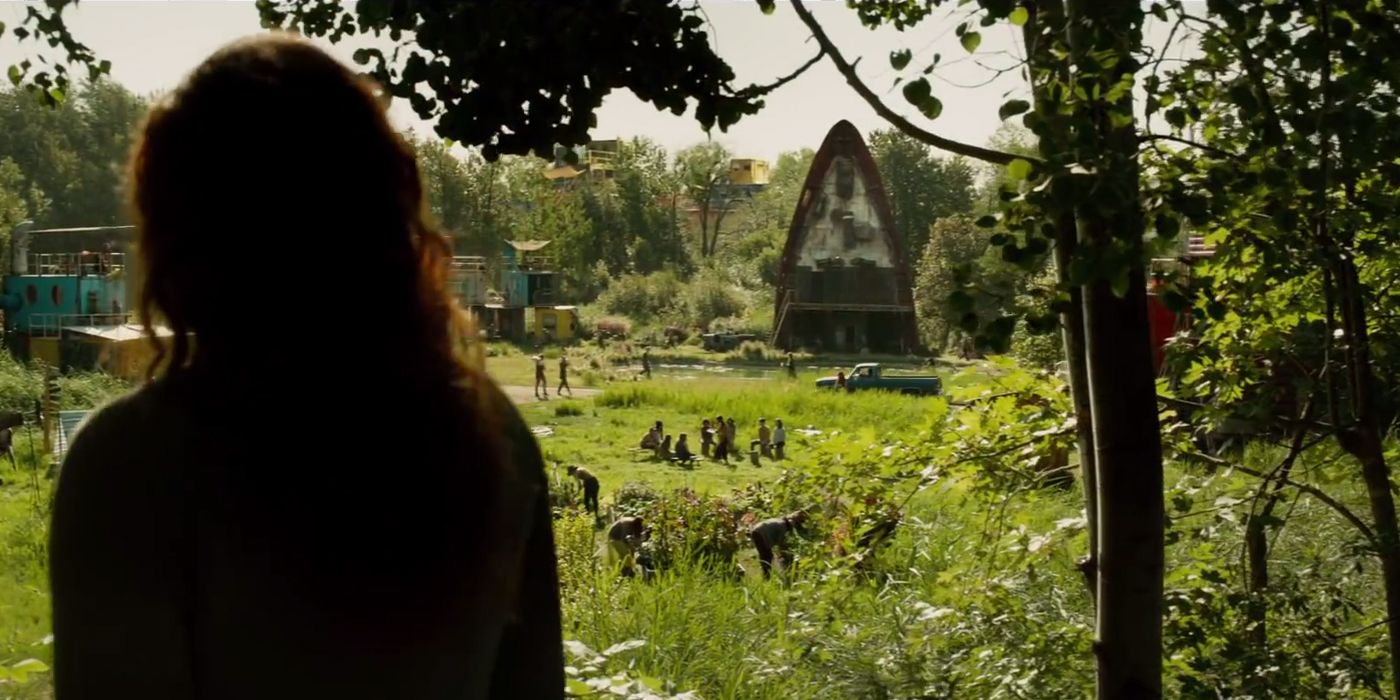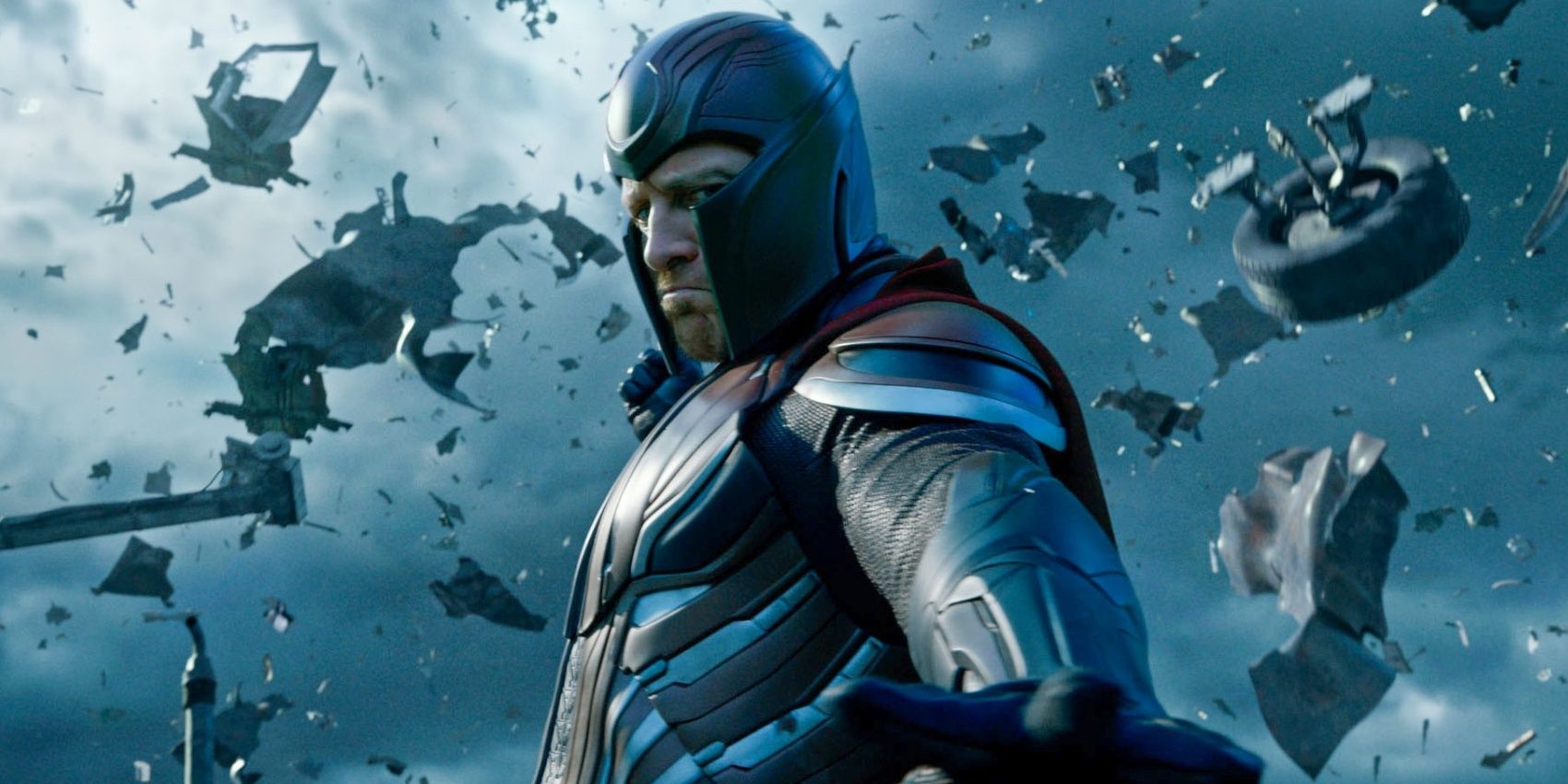When it was decided to tell the origin of Professor X and Magneto on film, Irish actor Michael Fassbender was enlisted to play Erik Lehnsherr in X-Men: First Class. Fassbender's take on Magneto was well-received, fans offering similar praise to Ian McKellen's portrayal in the original X-Men trilogy.
However, despite consistent praise for his actor, fans weren't always keen on the trajectory of Magneto's character. Let's compare ways in which Fassbender's Magneto stayed true to the comics, and in what ways he differed.
10 Accurate: Origin
Magneto's origin is famous for its tragic pathos; born a Polish Jew in the 1930s, the boy who would become Magneto lost his entire family during his internment at Auschwitz. Witnessing inhumanity at its cruelest extreme at a young age shaped Magneto's belief that mutants must subjugate humankind before they can be exterminated themselves. While the iconic backstory was included in the original X-Men film trilogy, First Class made it even more integral to the younger Erik's portrayal; before he meets Charles, the nascent Magneto is a Nazi-hunting vigilante.
9 Inaccurate: Past with Sebastian Shaw
First Class got some things right about Sebastian Shaw (his mutant ability to absorb kinetic energy, his leadership of the Hellfire Club), but his connection to Magneto was wholly invented for the film. Working as a Nazi scientist under the alias "Klaus Schmidt," Shaw subjected the young Erik Lehnsherr to brutal torture, including murdering his mother, in order to unlock Erik's magnetism powers. Shaw thus became a nemesis for the young Erik, before Magneto eventually murdered Shaw, stealing from him his telepathy-blocking helmet and his Mutant supremacist ideology.
8 Accurate: Magda & Anya
One aspect of comic Magneto's character omitted in McKellen's portrayal was finally incorporated into the films with X-Men Apocalypse; his wife & daughter. After escaping Auschwitz, Magneto relocated to Ukraine, marrying a woman named Magda and having a daughter, Anya. This idyllic life ended in tragedy when nearby villagers became frightened by Magneto's mutant powers and burned down the home with Anya still inside.
Enraged, Magneto killed the mob single-handedly, his vengeance frightening Magda away. In X-Men: Apocalypse he circumstances are different, and Anya is renamed "Nina," but the fact remains that the earlier films hadn't even alluded to this part of Magneto's history.
7 Inaccurate: Relationship with Mystique
Mystique has never had any particular connection with Magneto in the comics, but the original X-Men films portrayed the shape-shifting mutant villainess as the Master of Magnetism's closest disciple. The prequel films followed this direction; in First Class, Magneto's relationship with Raven was almost as critical to his development as his relationship with Charles. Throughout the prequel's loose quadrilogy, Erik/Raven continues to be a crucial dynamic, culminating in Dark Phoenix when Magneto attempts to murder Jean Grey to avenge her accidental killing of Mystique.
6 Accurate: Quicksilver's Father
The Maximoff twins, Quicksilver and Scarlet Witch, have complicated history concerning their parentage, but for most of their existence, they were considered the children of Magneto; they originally appeared serving under him in the Brotherhood of Mutants, so the connection was a natural one. Neither of the twins made an appearance in the original X-Men trilogy, but Quicksilver debuted in Days of Future Past and was revealed as Erik's illegitimate son in the following film, Apocalypse.
5 Inaccurate: No Scarlet Witch
While Quicksilver goes on to be a prominent part of the X-Men prequel films, his sister Wanda, the Scarlet Witch, was nowhere to be seen; while an unnamed sister is alluded to in Days Of Future Past, there's no indication that the sister in question was Wanda. Even if it was, it seems unlikely they share the same father, given Quicksilver seems to be the product of a one night stand.
Being descendants of Magneto was of equal importance to both of the Maximoff twins in the comics, and by leaving Wanda out, Fassbender's Magneto was left with an incomplete family tree.
4 Accurate: Shifting Allegiances
Initially portrayed as a straight-up, one-dimensional villain, Magneto evolved into a more complicated character under the pen of Chris Claremont. Both his tragic backstory and his complex relationship with arch-frenemy Professor X made Magneto more sympathetic; he's even joined the X-Men for certain stretches of time, but never permanently. Fassbender's Magneto underwent similar shifts in allegiances; after beginning an anti-hero in First Class, he turns to evil and stays on that side until the climax of Apocalypse, when he helps the X-Men defeat the titular villain; he and Charles end the series as friends, in the final scene of Dark Phoenix.
3 Inaccurate: Founding X-Men
While Magneto has periodically joined the X-Men in the comics, he was never depicted as a founding member of the team. In the characters' comics history, Charles and Erik had their falling out before the former made the decision to form the X-Men, with Magneto being the original team's inaugural threat in X-Men #1. In First Class, however, Magneto is part of the team's initial line-up, even wearing one of the blue-and-yellow team uniforms when the team goes to stop Shaw and the Hellfire Club.
2 Accurate: Genosha
In the comics, Genosha was an island nation which enslaved its mutant populace (an allegory for South African Apartheid), but eventually, Magneto took control and turned the island into a safe haven for mutants. He ruled the nation until its destruction in Grant Morrison's New X-Men.
Genosha's existence was another aspect of X-Men lore not covered in the original X-Men trilogy, but it made its way into the prequels, if only briefly, in the prequels; Magneto is shown to have founded Genosha in Dark Phoenix, and it's here where a wayward Jean Grey first goes to see him.
1 Inaccurate: Horseman Of Apocalypse
The only villain who could compete with Magneto for title of the X-Men's greatest villain is En Sabah Nur, aka Apocalypse. Perhaps to demonstrate this, when Apocalypse made his big-screen debut in the eponymous film, a grief-struck Magneto was seduced into being Apocalypse's flunky. While Apocalypse often recruits quartets of mutant villains to serve as his Horsemen, including prominent X-Men such as Angel, Gambit, and Wolverine, Magneto has never been among their number in the comics.

